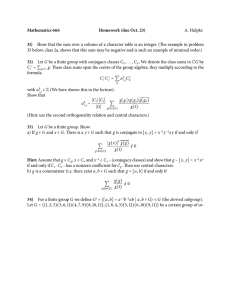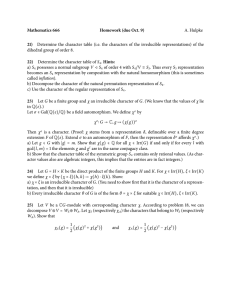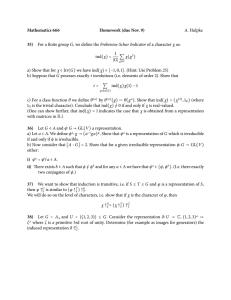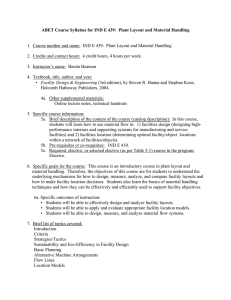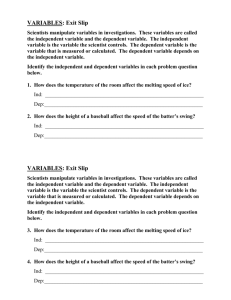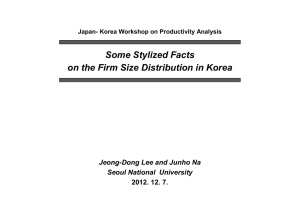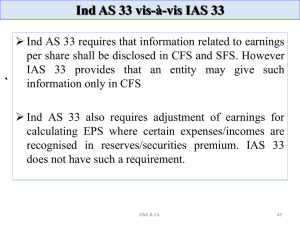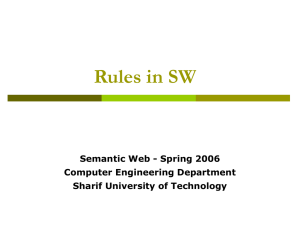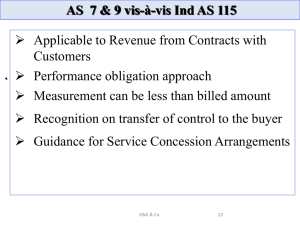Mathematics 667 Homework (due Mar 21) 32) A. Hulpke
advertisement
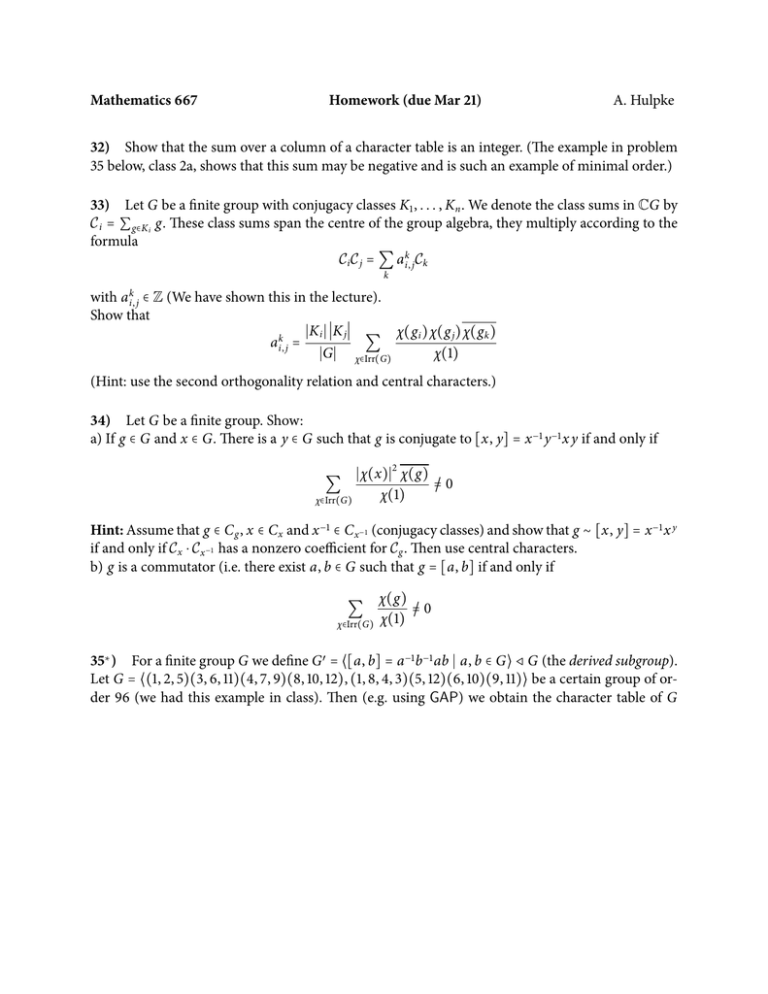
Mathematics 667
Homework (due Mar 21)
A. Hulpke
32) Show that the sum over a column of a character table is an integer. (The example in problem
35 below, class 2a, shows that this sum may be negative and is such an example of minimal order.)
33) Let G be a finite group with conjugacy classes K1 , . . . , K n . We denote the class sums in CG by
C i = ∑ g∈K i g. These class sums span the centre of the group algebra, they multiply according to the
formula
Ci C j = ∑ a i,k j Ck
k
with a i,k j ∈ Z (We have shown this in the lecture).
Show that
∣K i ∣ ∣K j ∣
χ(g i )χ(g j )χ(g k )
a i,k j =
∑
∣G∣ χ∈Irr(G)
χ(1)
(Hint: use the second orthogonality relation and central characters.)
34) Let G be a finite group. Show:
a) If g ∈ G and x ∈ G. There is a y ∈ G such that g is conjugate to [x, y] = x −1 y −1 x y if and only if
2
∣χ(x)∣ χ(g)
=/ 0
∑
χ(1)
χ∈Irr(G)
Hint: Assume that g ∈ C g , x ∈ C x and x −1 ∈ C x −1 (conjugacy classes) and show that g ∼ [x, y] = x −1 x y
if and only if Cx ⋅ Cx −1 has a nonzero coefficient for C g . Then use central characters.
b) g is a commutator (i.e. there exist a, b ∈ G such that g = [a, b] if and only if
∑
χ∈Irr(G)
χ(g)
=/ 0
χ(1)
35∗ ) For a finite group G we define G ′ = ⟨[a, b] = a −1 b −1 ab ∣ a, b ∈ G⟩ ⊲ G (the derived subgroup).
Let G = ⟨(1, 2, 5)(3, 6, 11)(4, 7, 9)(8, 10, 12), (1, 8, 4, 3)(5, 12)(6, 10)(9, 11)⟩ be a certain group of order 96 (we had this example in class). Then (e.g. using GAP) we obtain the character table of G
as:
2
3
χ1
χ2
χ3
χ4
χ5
χ6
χ7
χ8
χ9
χ10
χ11
χ12
with α = e
4π i
3
5
1 4 4 5
1
1 4 4 5
1 5
1
1
.
.
.
1
1
.
.
.
1
1
1a 3a 4a 4b 2a 3b 6a 4c 4d 2b 6b 2c
1
1
1
1
1
1
1 1
1
1
1
1
1 α
1
1
1 ᾱ α 1
1
1 ᾱ
1
1 ᾱ
1
1
1 α ᾱ 1
1
1 α
1
2 −1
.
. −2 −1
1
.
. 2
1 −2
2 −ᾱ
.
. −2 −α ᾱ
.
. 2 α −2
2 −α
.
. −2 −ᾱ α
.
. 2 ᾱ −2
3
. −1 −1 3
.
. −1 −1 3
. 3
¯
3
. β β −1
.
. 1
1 −1
. 3
3
. β¯ β −1
.
. 1
1 −1
. 3
¯
3
.
1
1 −1
.
. β β −1
. 3
¯
3
.
1
1 −1
.
. β β −1
. 3
6
.
.
. 2
.
.
.
. −2
. −6
and β = −1 + 2i.
a) Determine in this table the classes which constitute G ′ .
b) Show using the criterion of problem 32b) that there is an element in G ′ that is not a commutator
(but only a product of commutators).
c) If G is a simple group then clearly G = G ′ . The conjecture of Ore – recently being proven by
Liebeck, O’Brien, Shalev and Tiep – states that for a simple group G (then G = G ′ ) all elements are
proper commutators. Verify this conjecture for A6 , using a character table obtained from GAP.
36) For a finite group G, we define the Frobenius-Schur Indicator of a character χ as:
ind(χ) =
1
∑ χ(g 2 )
∣G∣ g∈G
a) Show that for χ ∈ Irr(G) we have ind(χ) ∈ {−1, 0, 1}. (Hint: Use Problem 29)
b) Suppose that G posesses exactly t involutions. Show that
t = ∑ ind(χ)χ(1) − 1
χ∈Irr(G)
c) For a class function θ we define θ (n) by θ (n) (g) ∶= θ(g n ). Show that ind(χ) = (χ(2) , 1G ) (where
1G is the trivial character). Conclude that ind(χ) =/ 0 if and only if χ is real-valued.
(One can show further, that ind(χ) = 1 indicates the case that χ is obtained from a representation
with matrices in R.)
Problems marked with ∗ are bonus problems for extra credit.
